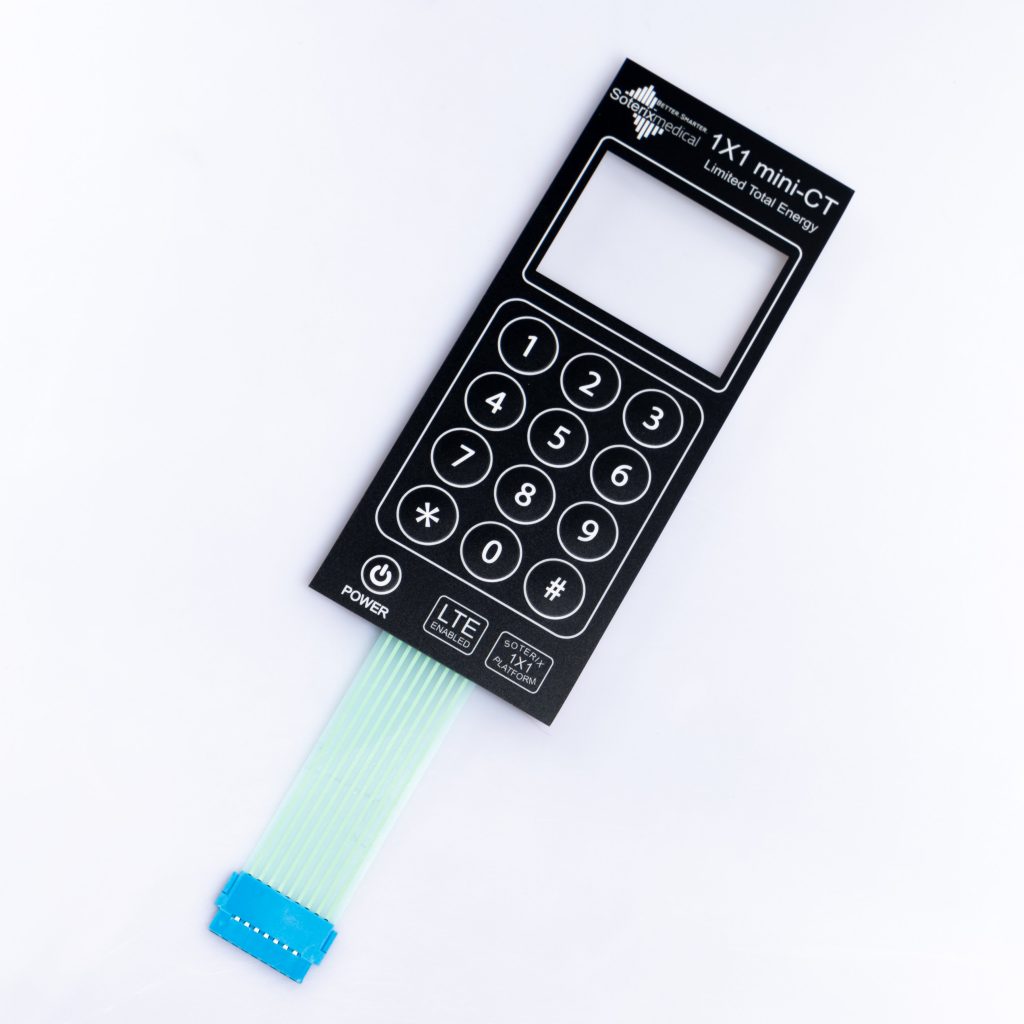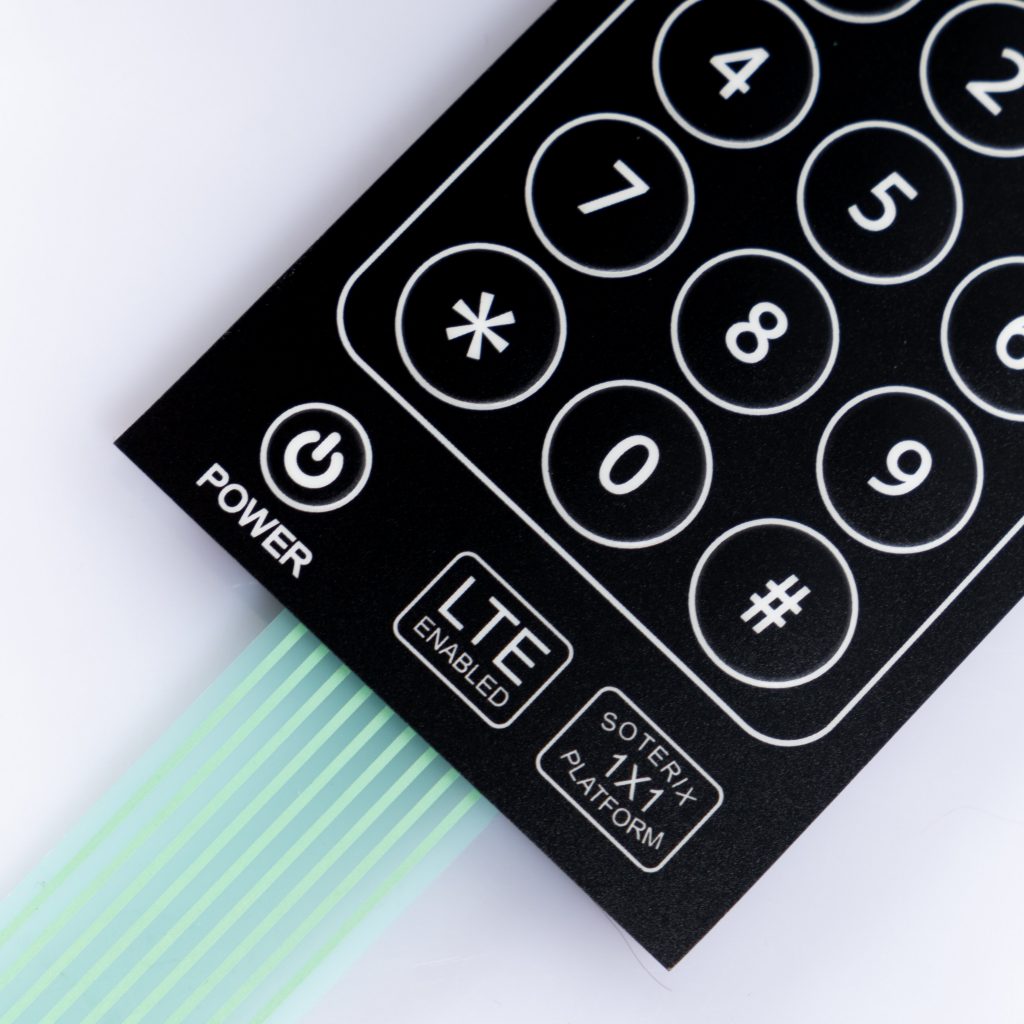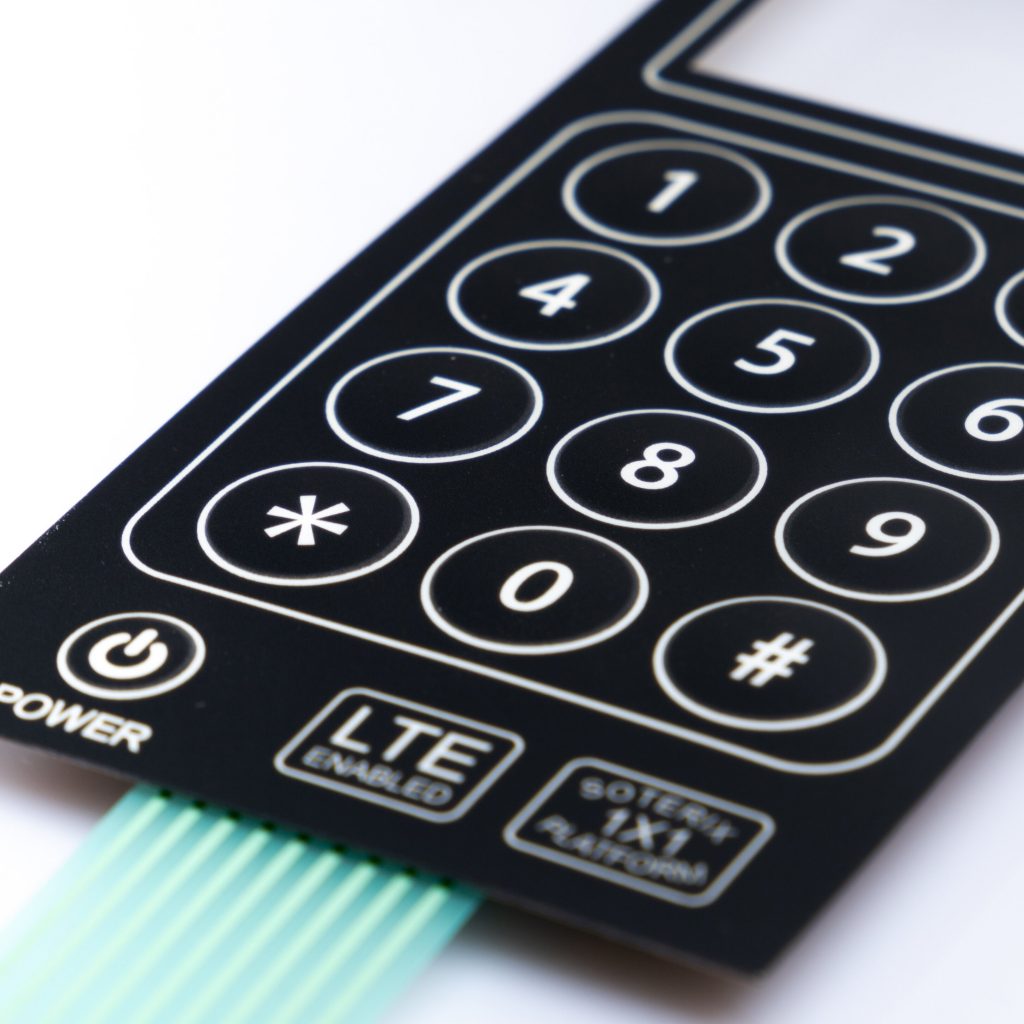Advantages of Using LED Backlight in Membrane Switches for Temperature Control
In today’s rapidly evolving technological landscape, membrane switches have become indispensable components in various industries, including temperature control systems. These switches are known for their versatility and efficiency in managing temperature settings. What makes them even more effective is the integration of LED backlighting technology. In this article, we will explore the advantages of using LED backlighting in membrane switches for temperature control systems.



Table of Contents
-
1. Introduction
Membrane switches are thin, flexible, and easy-to-use interfaces that find applications in a wide range of industries, including temperature control systems. These switches are an essential part of the user interface, allowing users to input commands and make adjustments effortlessly.
-
2. Enhanced Visibility
One of the primary advantages of integrating LED backlighting in membrane switches is the improved visibility it offers. LED lights provide consistent and vibrant illumination, making it easier for users to read and interact with the control panel, even in low-light environments.
-
3. Energy Efficiency
LEDs are renowned for their energy-efficient properties. When incorporated into membrane switches, they consume significantly less power compared to traditional lighting sources. This not only reduces energy costs but also contributes to the overall sustainability of the temperature control system.
-
4. Durability
Membrane switches are already known for their durability, and the addition of LED backlighting enhances their longevity further. LEDs have a longer lifespan compared to traditional bulbs, ensuring that the backlighting remains functional for an extended period.
-
5. Customization
LED backlighting allows for a high degree of customization. Temperature control systems can use LEDs of different colors and intensities to convey specific information or create a visually appealing user interface tailored to the application’s requirements.
-
6. Cost-effectiveness
While LED technology was once considered expensive, advancements in manufacturing have made it cost-effective. The long lifespan and energy efficiency of LEDs contribute to lower maintenance and replacement costs in the long run.
-
7. Low Heat Emission
LEDs emit very little heat compared to traditional lighting sources. This is especially beneficial in temperature control systems, where excessive heat generation could interfere with the accuracy of the controls or pose a safety hazard.
-
8. Easy Installation
Membrane switches with LED backlighting are relatively easy to install. Their slim profile and simple wiring make them a convenient choice for both new installations and retrofits.
-
9. Longevity
The durability of LEDs translates into long-lasting membrane switches. Temperature control systems can benefit from components that require minimal replacement or maintenance over time.
-
10. Environmental Friendliness
As LEDs are energy-efficient and have a longer lifespan, they contribute to a reduced carbon footprint. Temperature control systems that incorporate LED backlighting align with sustainability goals and environmental regulations.
-
11. Reduced Maintenance
The low heat emission and extended lifespan of LEDs result in reduced maintenance requirements. This not only saves time and resources but also minimizes system downtime.
-
12. Quick Response Time
Membrane switches with LED backlighting offer a quick response time, ensuring that temperature adjustments are made promptly and accurately, contributing to efficient temperature control.
-
13. Enhanced Aesthetics
The visual appeal of LED backlighting can enhance the overall aesthetics of a temperature control system. This can be particularly important in applications where the user interface plays a significant role.
-
14. Wide Temperature Range
LEDs are known for their ability to operate in a wide temperature range. This versatility makes them suitable for temperature control systems that may be exposed to varying environmental conditions.
-
15. Conclusion
In conclusion, the advantages of using LED backlighting in membrane switches for temperature control systems are abundant. Enhanced visibility, energy efficiency, durability, customization, cost-effectiveness, low heat emission, and easy installation are just a few of the benefits. With their long lifespan and environmental friendliness, LED-backlit membrane switches offer an effective and sustainable solution for temperature control applications.
-
FAQs
Are LED-backlit membrane switches suitable for outdoor temperature control systems?
- Yes, LED-backlit membrane switches can withstand a wide range of environmental conditions, making them suitable for outdoor applications.
Do LED backlighting options come in different colors?
- Yes, LED backlighting can be customized with various colors to suit specific design and visibility requirements.
How do LED-backlit membrane switches contribute to energy savings?
- LEDs are energy-efficient and consume less power than traditional lighting sources, leading to reduced energy costs.
What is the typical lifespan of LED-backlit membrane switches?
- LED-backlit membrane switches have a longer lifespan compared to traditional switches, often lasting for several years.
Can LED backlighting be adjusted or dimmed according to user preferences?
- Yes, LED backlighting intensity can be adjusted or dimmed to meet user preferences and environmental conditions.
